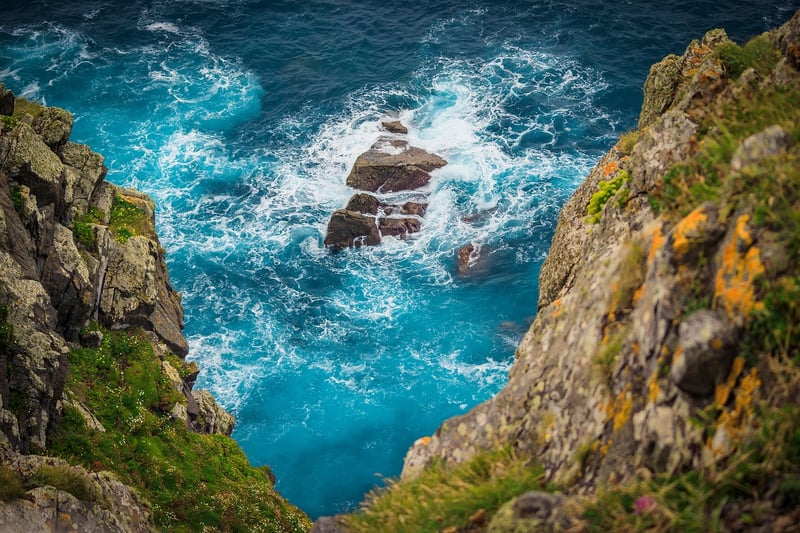Future Exploration
Exploring Different Eras and Future Exploration
Introduction
Exploring different eras allows us to understand how societies have evolved over time, shaping the world we live in today. From ancient civilizations to the modern age, each era has its unique characteristics and contributions. Additionally, looking towards future exploration opens up exciting possibilities for humanity to discover and innovate.
Ancient Era
The ancient era, dating back thousands of years, encompasses civilizations like the Egyptians, Greeks, Romans, and Mesopotamians. These societies laid the foundation for art, architecture, philosophy, and governance, leaving a lasting impact on human history.
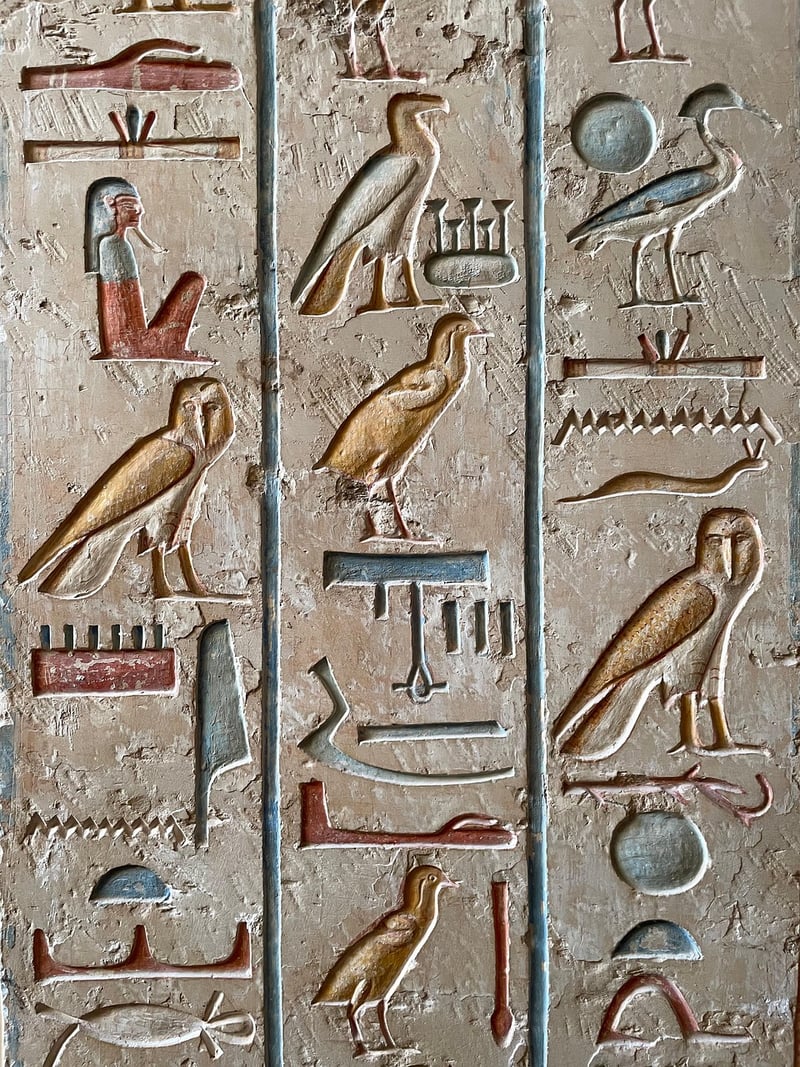
Medieval Era
The medieval era, characterized by knights, castles, and feudalism, spanned from the 5th to the 15th century. This period saw significant advancements in trade, technology, and the arts, leading to the Renaissance and the Age of Exploration.
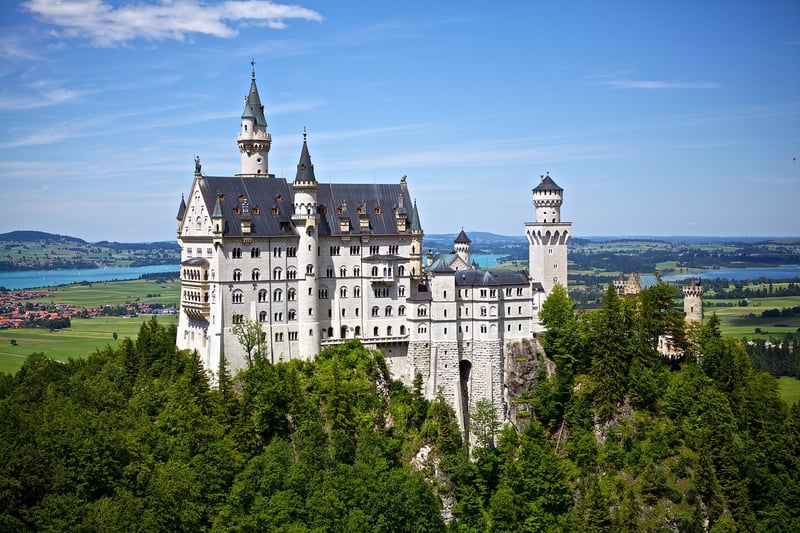
Modern Era
The modern era, starting from the 16th century to the present day, witnessed industrial revolutions, scientific breakthroughs, and globalization. Innovations in transportation, communication, and medicine have transformed how we live and interact with the world.
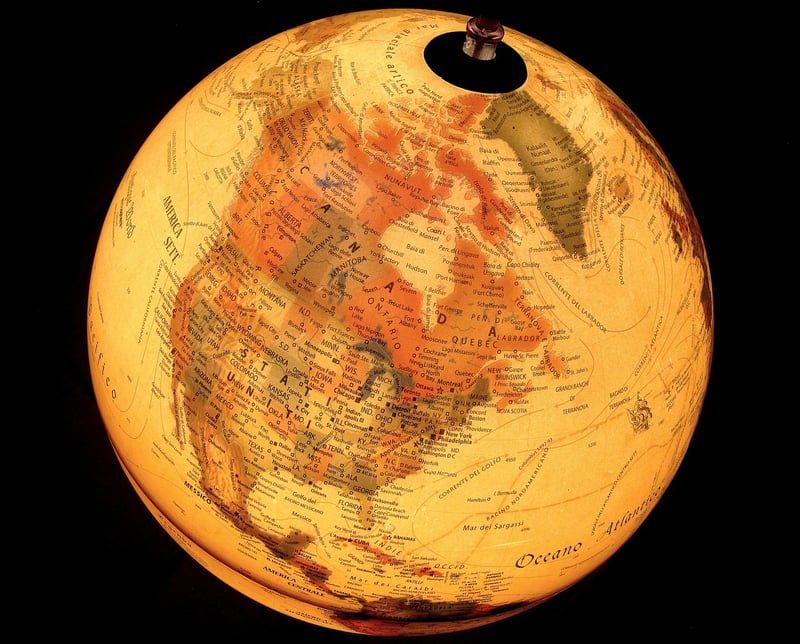
Future Exploration
Looking ahead, future exploration holds promise for space travel, artificial intelligence, sustainable energy, and beyond. Scientists, engineers, and visionaries are working towards colonizing Mars, developing AI companions, and creating a greener planet for future generations.
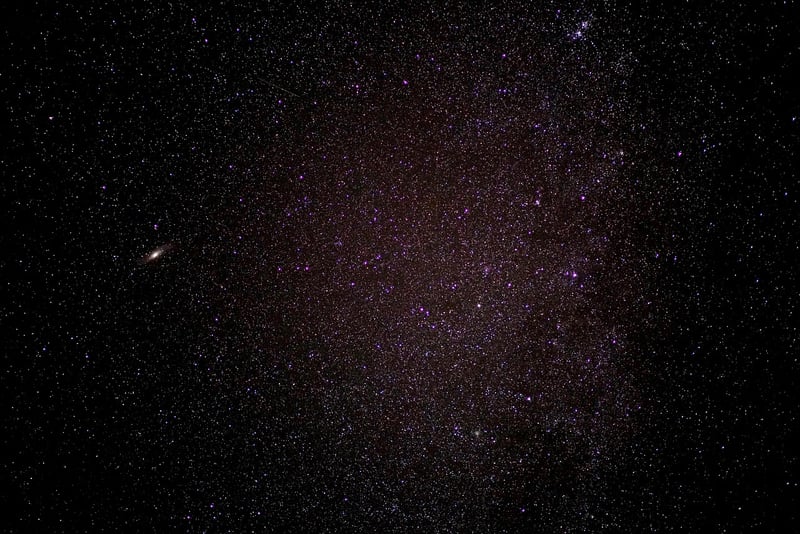
Conclusion
Exploring different eras provides us with insights into our past, while future exploration fuels our imagination and drives innovation. By learning from history and embracing new challenges, we can create a better world for ourselves and future generations to come.
Keep exploring, keep dreaming, and keep pushing the boundaries of what is possible!
